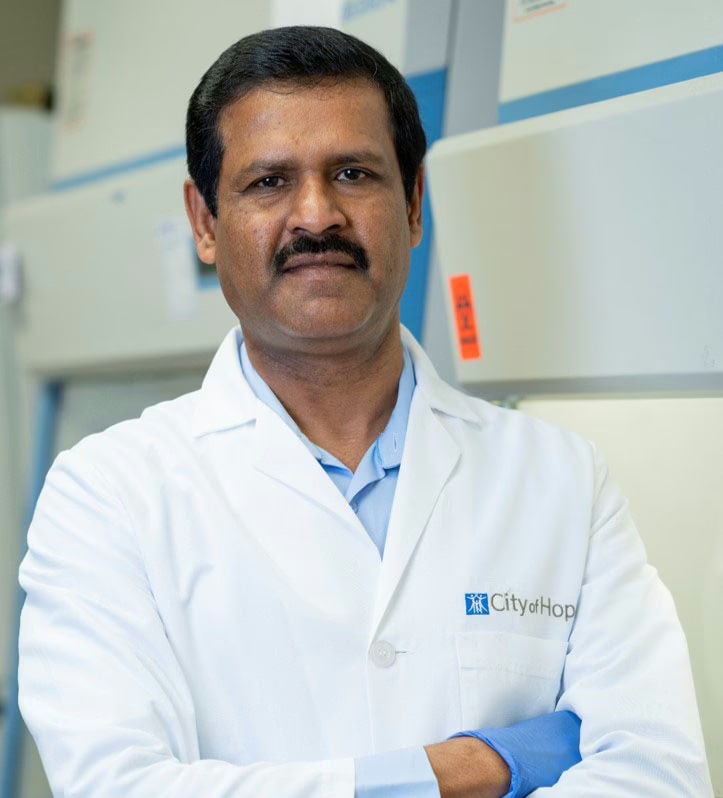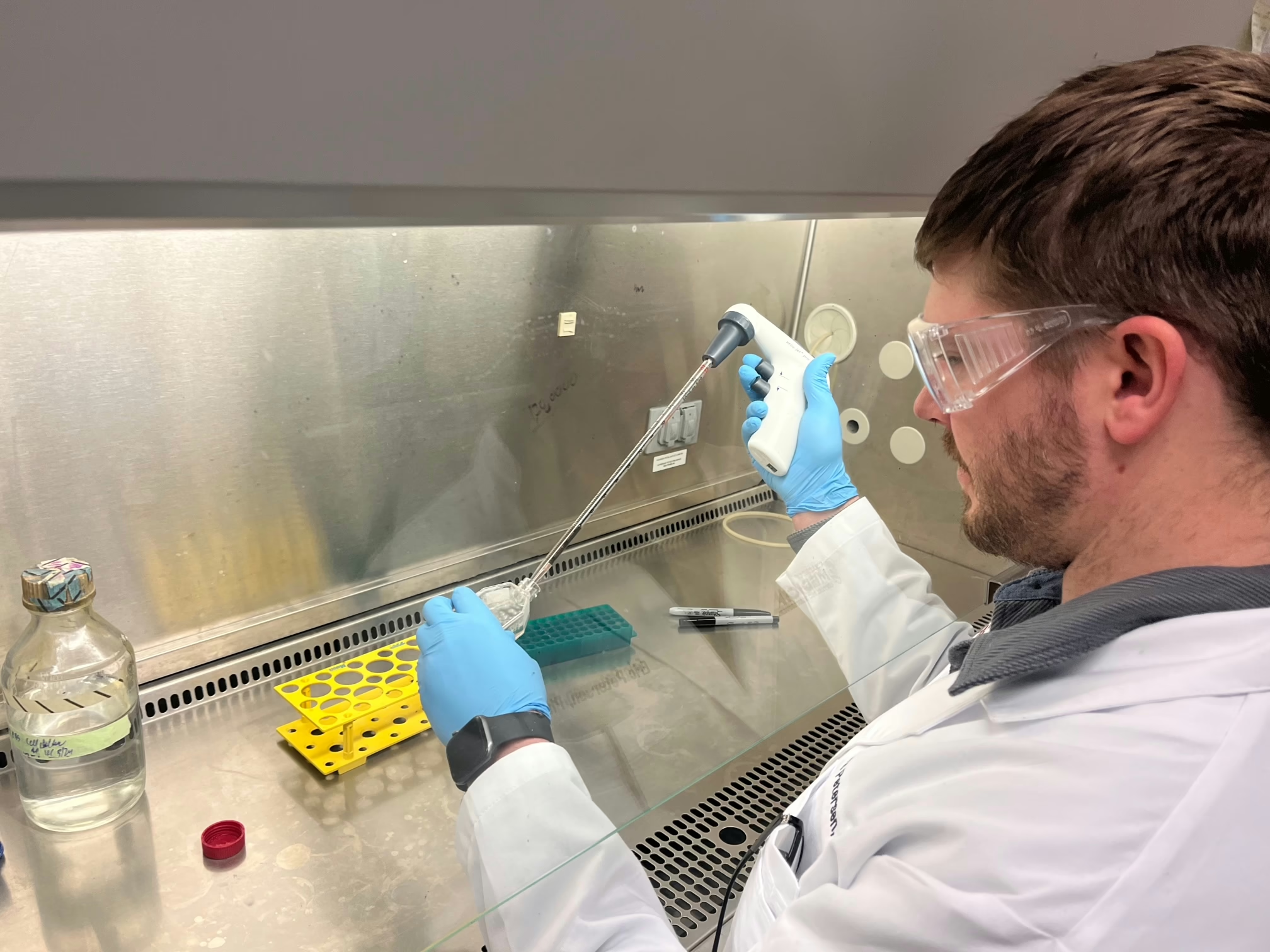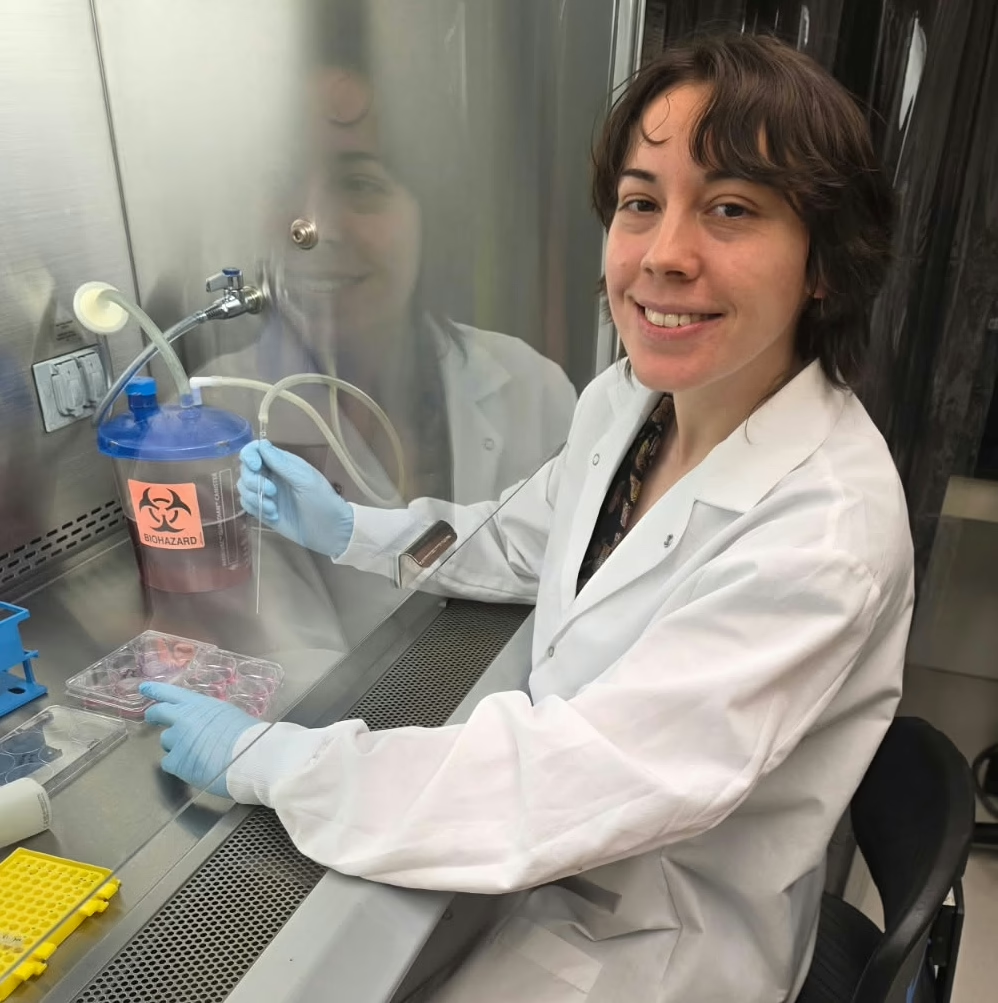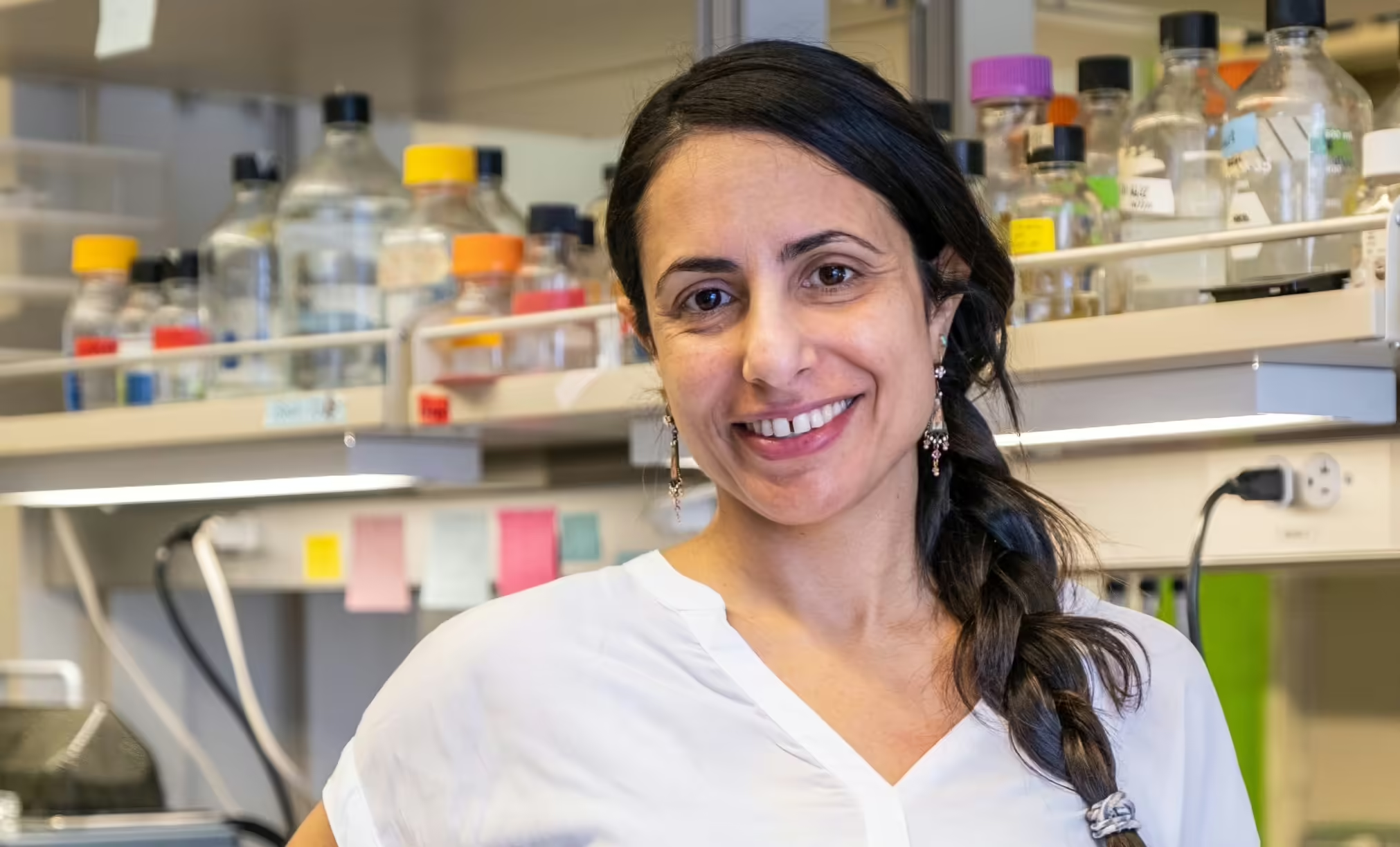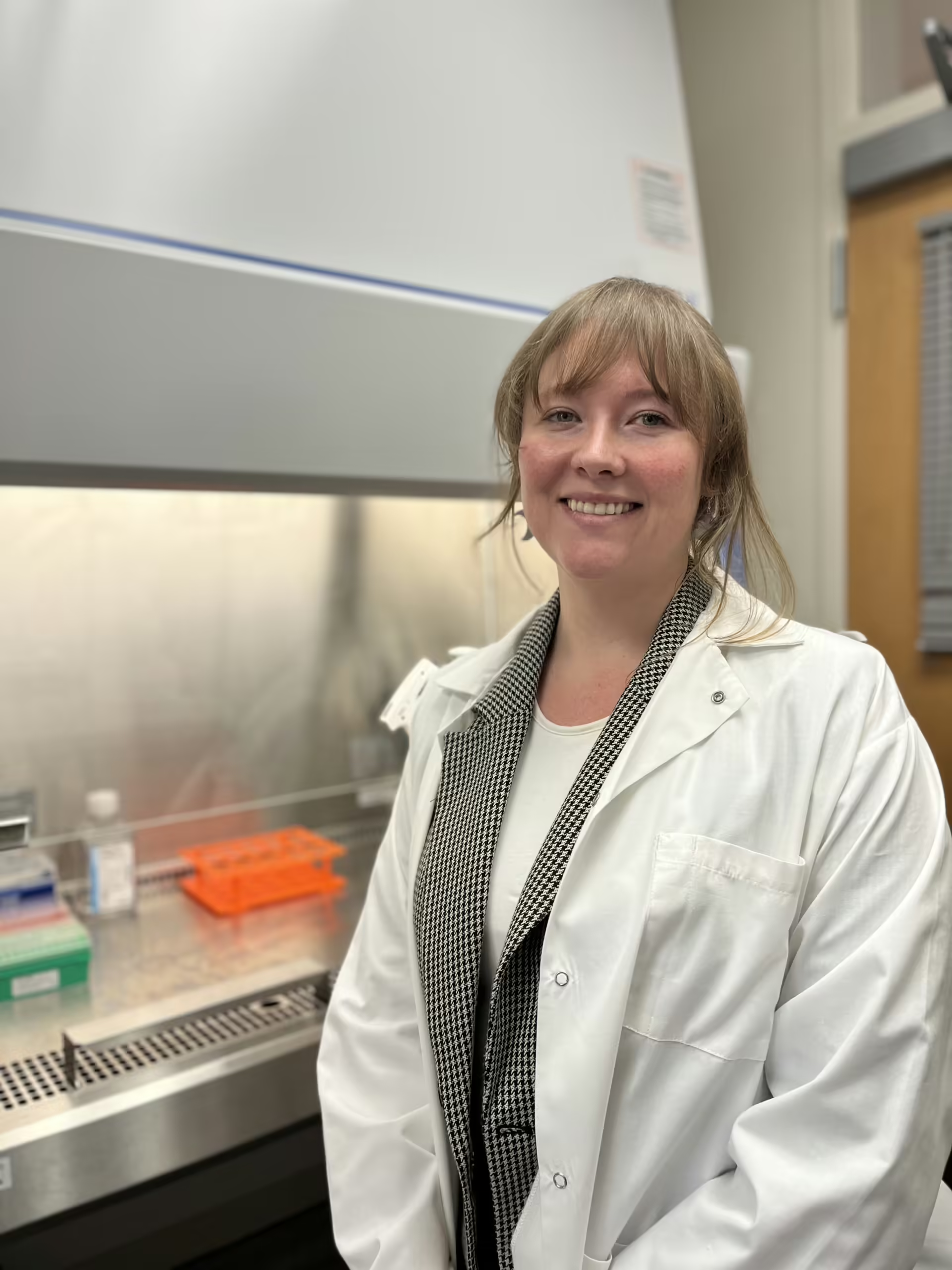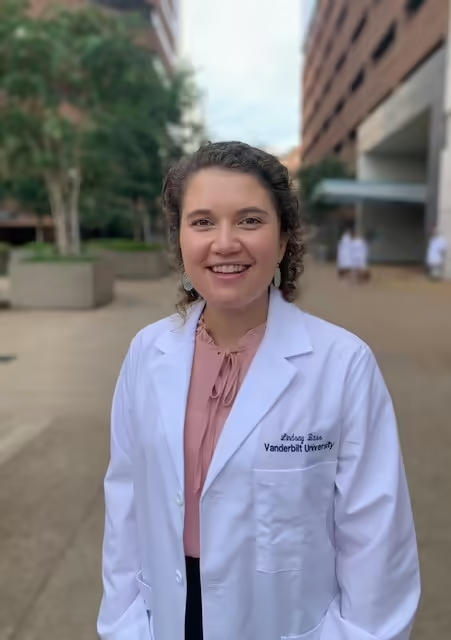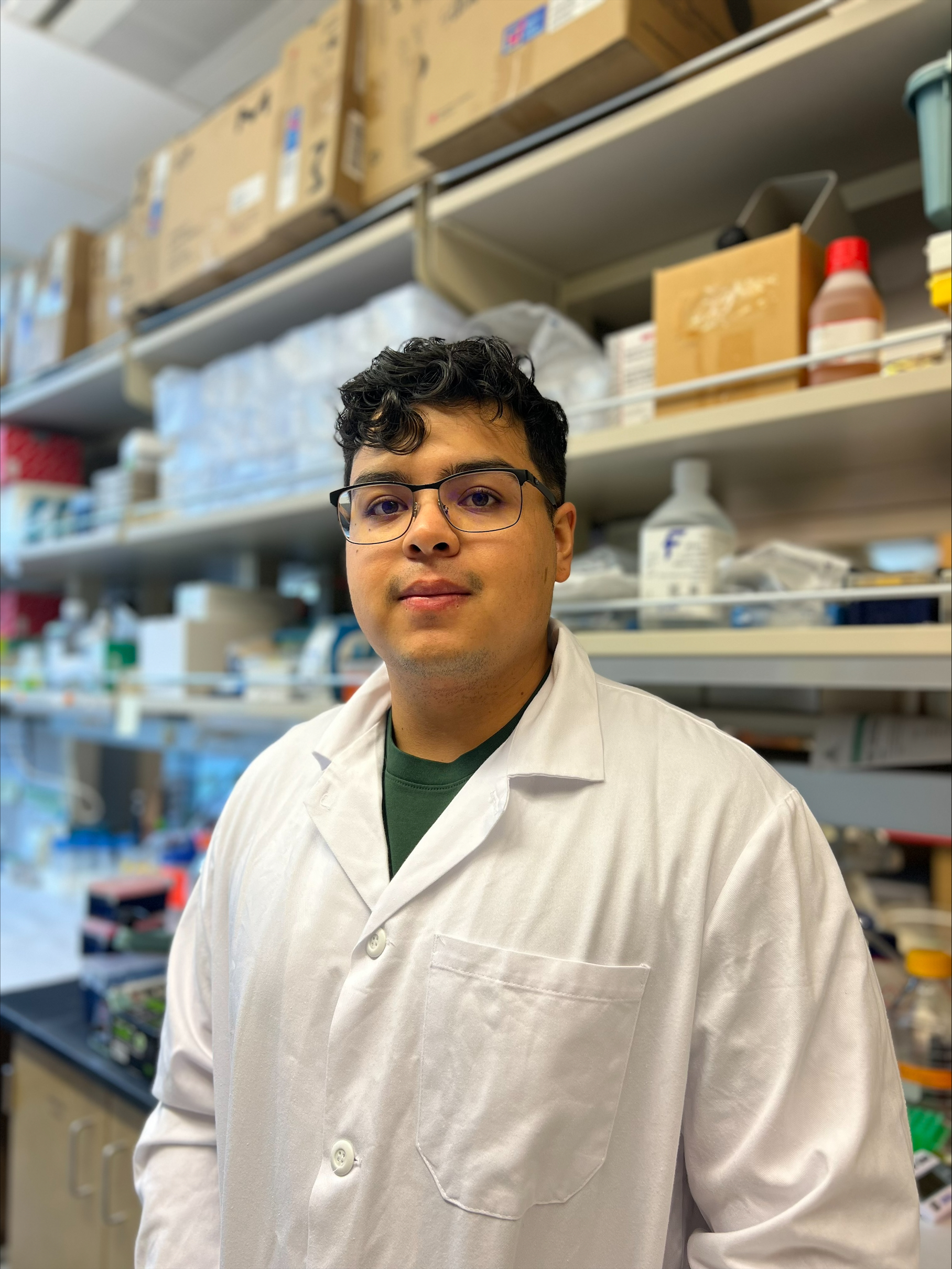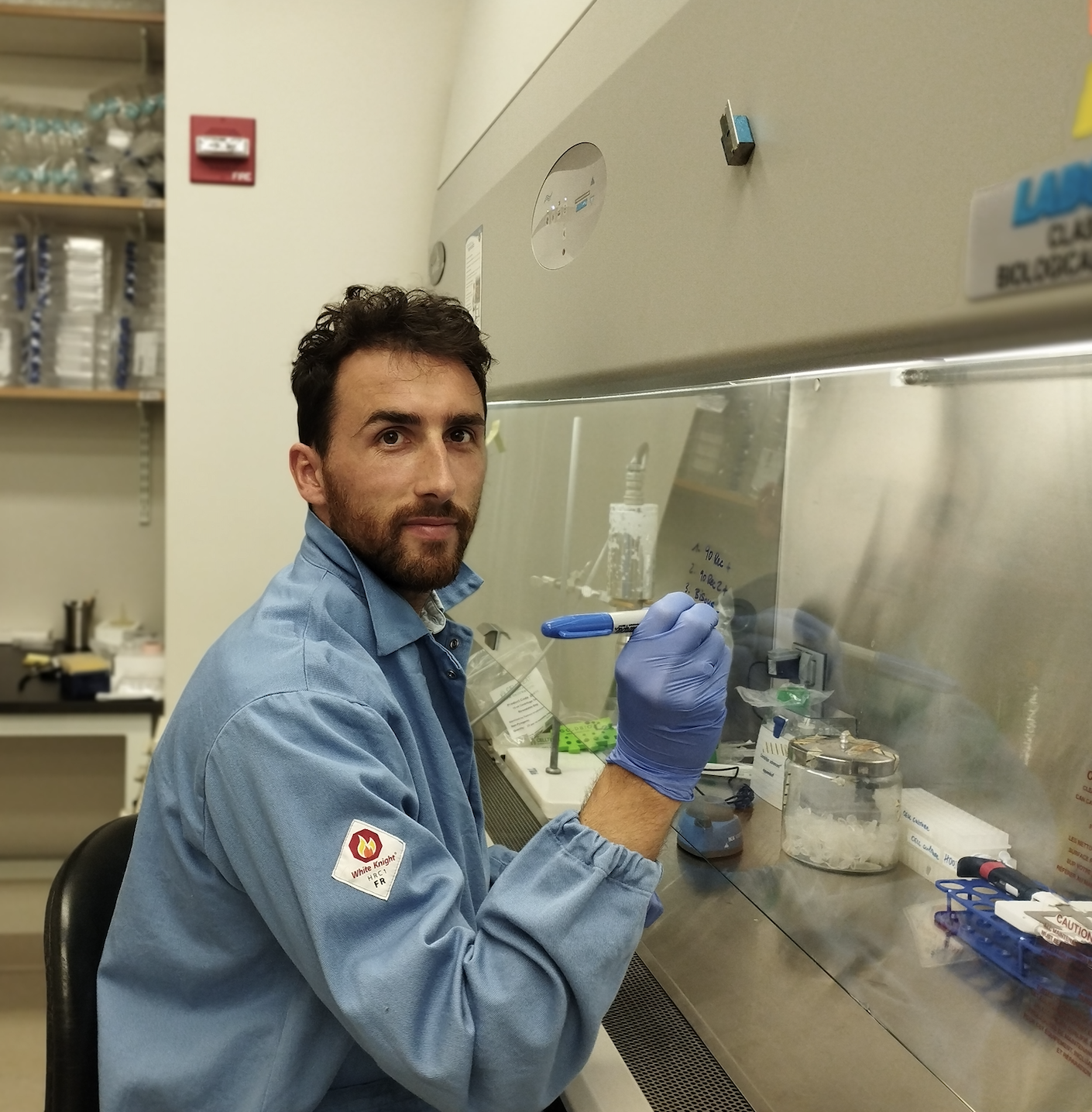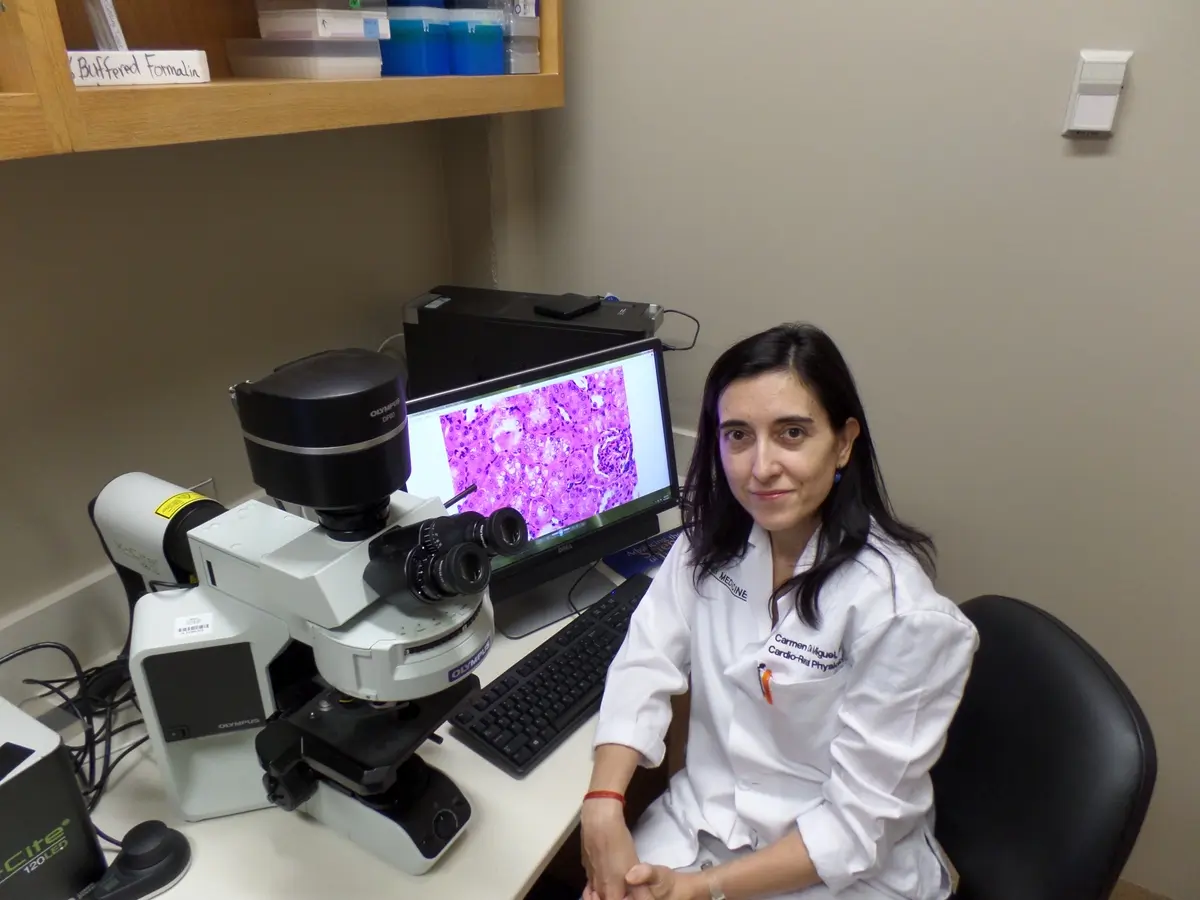Project Description
Type 1 diabetes (T1D) occurs due to a loss of insulin producing beta cells in the pancreas. The hormone insulin regulates blood glucose levels which is vital for the metabolic harmony of the body. Despite treatment with exogenous insulin most T1D patients develop severe systemic complications over the years. Hence, finding ways to replace or regenerate pancreatic beta cells in people with T1D would be highly advantageous as that will allow a response in real time to the changes in blood glucose.
My research interest is to find ways to improve the health of the pancreatic beta cell in the context of T1D, by regenerating, increasing survival, and enhancing the function of the residual beta cells. My studies have shown that an FDA approved osteoporosis drug, denosumab, and its biological equivalent, osteoprotegerin (OPG), enhance human beta cell regeneration, survival, and function, and that OPG can reverse recent-onset T1D in a pre-clinical mouse model. These molecules act by inhibiting a specific pathway, RANKL/RANK, that my studies have shown is detrimental to beta cell health. Based on my findings, our lab is conducting a multi-center clinical trial to determine the safety and efficacy of denosumab in improving beta cell function and glycemic control in T1D patients.
Other research groups have shown that harmine, a molecule that acts by inhibiting a different pathway, DYRK1A, also enhances beta cell regeneration and function. There is a clinical trial to determine the safety of harmine equivalents.
It is becoming increasingly clear that a combinatorial approach that targets multiple pathways will have a higher rate of success to cure T1D. My pilot data shows that harmine and OPG together have a much greater impact on beta cell replication than either molecule alone. In the current proposal, I will test the potential of combining denosumab or OPG with harmine to enhance rodent and human beta cell health under stressors related to T1D and will test the efficacy of this combination to reverse T1D in a pre-clinical mouse model.
The funding to pursue this novel study will allow us to harness the benefits of two independent molecules acting in synergy, to avert stress-mediated beta cell dysfunction and loss in the setting of T1D. The distinct advantage of this proposal is that there is direct translational application of our findings to T1D, as each molecule is currently in clinical trials, either for T1D or for safety, and hence, the combination of the two could be easily taken to the clinic.
Watch Dr. Kondegowda’s video here.

